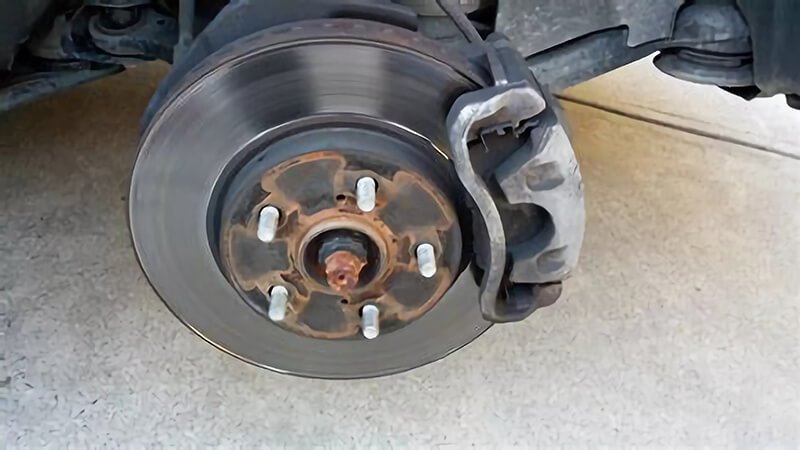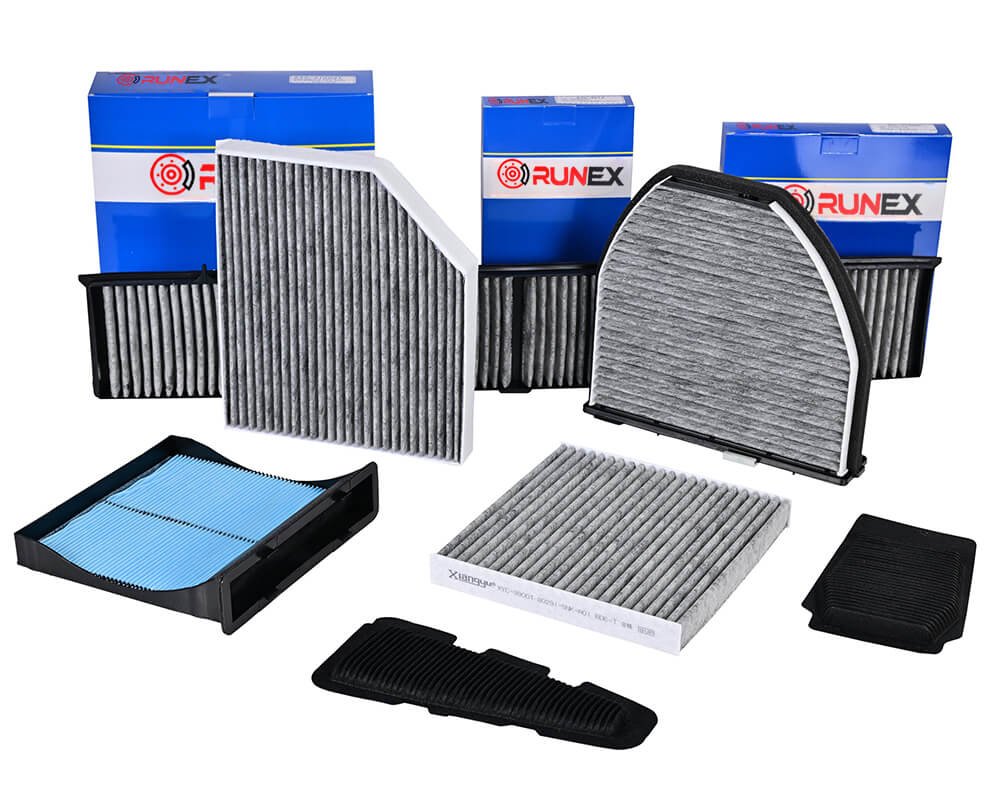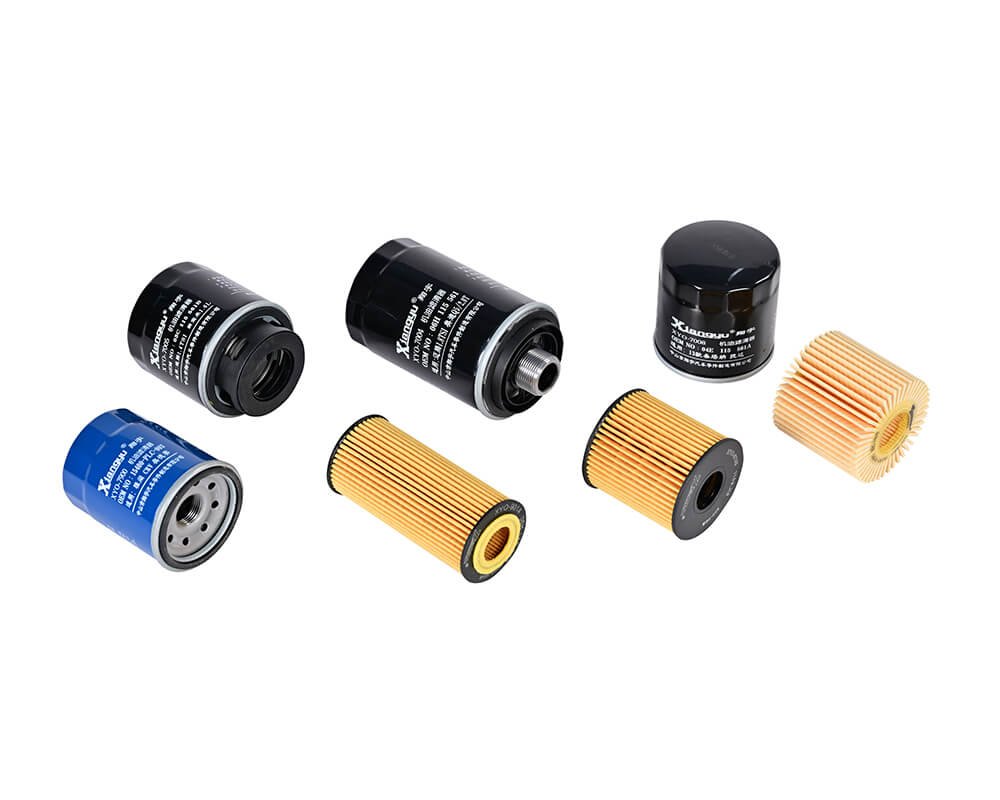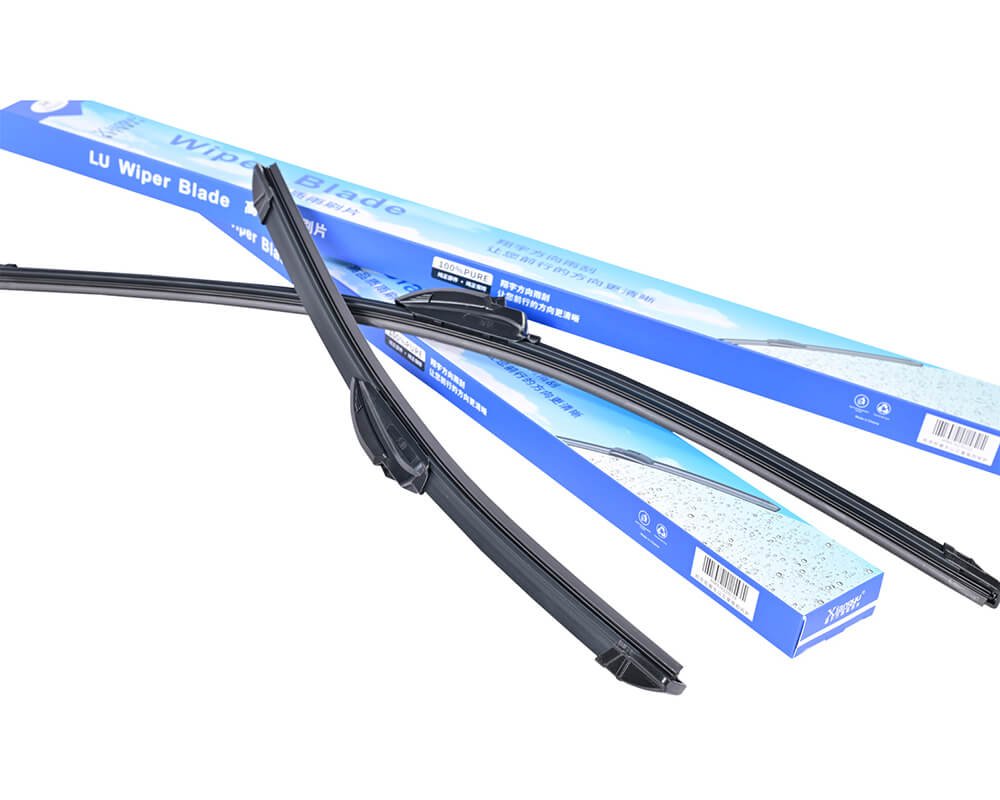Brake pads are a crucial component of your vehicle’s braking system. They ensure safe and smooth stopping. However, many drivers overlook signs that their brake pads need replacing. If you’re unsure when to replace them, it's time to learn the key indicators.
Knowing when to replace brake pads can save you from costly repairs and improve safety. There are several signs that indicate it’s time for a replacement. From strange noises to reduced braking performance, these signs shouldn't be ignored.
Let’s take a closer look at how to identify these warning signs, understand whether it’s safe to drive with worn-out pads, and what can happen if you delay a replacement.
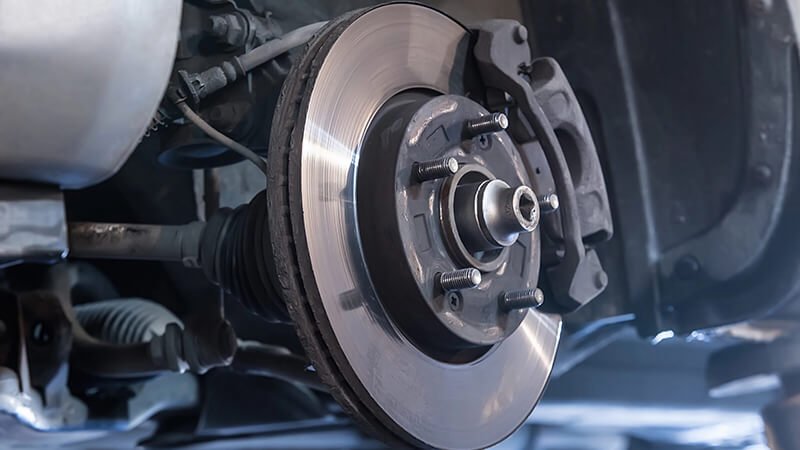
How do I know if brake pads need replacement?
Many drivers struggle with knowing when to replace their brake pads. Some of the signs are subtle, while others are more obvious. So, how can you tell when it's time? Let’s break it down.
There are a few common signs that your brake pads need replacing. Listen for squeaking or grinding sounds, watch for reduced braking performance, and check for uneven wear.
Brake pads1 wear down over time due to friction with the rotors2, and it’s vital to know when they’ve become ineffective or unsafe. One of the first signs is a noticeable change in the way your car brakes. If you notice your vehicle pulling to one side or if you feel a vibrating or pulsating sensation in the brake pedal when applying pressure, your brake pads may be unevenly worn. Uneven wear can occur if one brake pad wears down faster than others, possibly due to issues with the caliper3 or misalignment of the braking system4.
Another clear indicator is noise. If your brake pads are emitting a high-pitched squeaking or squealing sound, this often indicates that the wear indicators on the pads are making contact with the rotor. These indicators are designed to alert you that the pads are thinning and need replacing. However, a grinding noise can also be heard when the brake pads are completely worn out, and the metal backing of the pads is scraping against the rotor. This is a much more serious condition and requires immediate attention.
Finally, a visual inspection of the brake pads can provide crucial information about their condition. Brake pads should be about a quarter of an inch thick, or roughly 6 mm, to ensure proper performance. If the pads have worn down to 3 mm or less, it’s time for a replacement. Regularly checking the thickness of your brake pads will help you avoid unnecessary wear on the rotors and the entire braking system.
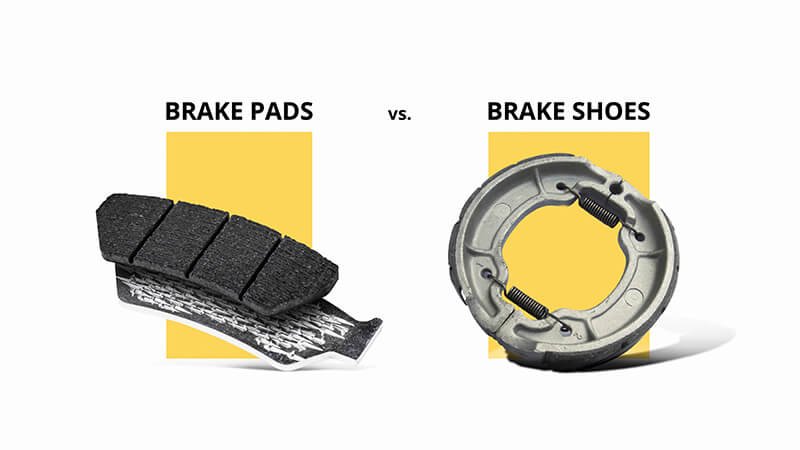
Is it safe to drive with brake pad warning?
You’ve seen the brake pad warning light on your dashboard, but is it really that urgent? Can you continue driving safely with this warning? Let’s take a deeper look at the implications of ignoring it.
Driving with the brake pad warning light on can be risky. While it might be tempting to delay a repair, it’s safer to replace your brake pads5 as soon as possible to avoid further damage or a potential brake failure.
When your brake pad warning light turns on, it is an indication that your brake pads are nearing the end of their useful life. This warning light is often triggered by a sensor that detects the thickness of the pads or the condition of the braking system.
The first risk is a decrease in braking performance. As the brake pads wear down, the amount of friction they generate decreases, meaning your ability to stop the car may be compromised. This is especially dangerous in emergency situations where quick and reliable braking is required. Driving with worn-out brake pads also increases the risk of longer stopping distances, making your car harder to control in critical moments.
Moreover, worn brake pads can lead to overheating of the braking system, which can cause brake fade6—where the brakes become less effective due to heat buildup. This can be dangerous, especially when driving down long hills or during heavy traffic.
In conclusion, while it may feel like a minor issue, driving with the brake pad warning light on is not recommended. It’s safer to replace your brake pads promptly to avoid further damage and ensure your vehicle’s braking system functions as intended.

What happens if you don't replace brake pads right away?
Ignoring the need to replace brake pads can lead to a series of unfortunate consequences. But what exactly happens if you delay the replacement? Let’s explore the potential risks involved.
Failing to replace worn-out brake pads7 can cause severe damage to your braking system. From rotor damage8 to compromised safety, putting off a brake pad replacement can lead to costly repairs and dangerous driving conditions.
Delaying brake pad replacement can have serious consequences, both in terms of vehicle performance and safety. The most immediate risk is the damage that worn brake pads can cause to the brake rotors. As the pads wear down, they become less effective at absorbing the heat generated during braking, which can cause the pads to overheat and wear down even faster. Eventually, the metal components of the pads will come into contact with the rotor, causing deep grooves, cracks, or even warping of the rotor. Rotor damage is much more expensive to repair than replacing the brake pads, making it a costly issue to ignore.
Another consequence of ignoring brake pad replacement is the potential for brake failure9. Over time, as the brake pads thin, they lose their ability to generate the necessary friction to stop the vehicle effectively. This can lead to an increase in stopping distance, and in extreme cases, can result in complete brake failure. This puts the driver and other road users in significant danger, as the ability to stop the vehicle becomes unreliable or even impossible.
Moreover, continued driving with worn-out brake pads can lead to excessive heat buildup, which can affect the brake fluid. Overheating brake fluid can cause it to boil, which may lead to brake fade10, where the braking power diminishes due to the heat. Brake fade is dangerous, especially when descending steep grades or in stop-and-go traffic, as it increases the risk of accidents.
Ignoring brake pad replacement also puts additional strain on other parts of your vehicle’s braking system, such as the brake calipers and master cylinder. The added stress can cause these components to wear out faster, increasing repair costs and extending the amount of downtime your vehicle will face when repairs are necessary.
Ultimately, delaying brake pad replacement not only compromises your vehicle’s performance but also jeopardizes your safety and the safety of others on the road. It’s important to address brake pad wear as soon as you notice any signs to avoid costly repairs and ensure safe driving.
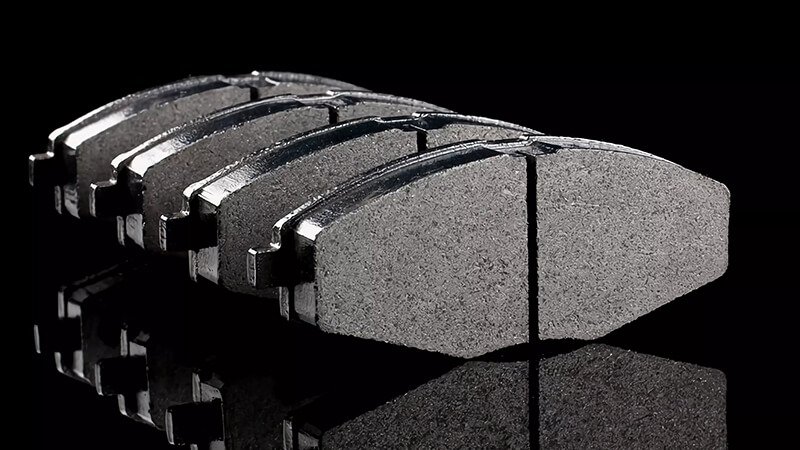
Is 3 mm on brake pads ok?
Many drivers wonder whether 3 mm of brake pad thickness is still safe for driving. Is it enough to keep you on the road, or is it time to replace your pads? Let’s examine this in detail.
3 mm of brake pad thickness is generally considered the minimum safe limit. While it might still function for a while, it’s important to replace the pads soon to avoid potential safety risks or further damage.
When it comes to brake pad thickness, 3 mm is typically considered the minimum safe threshold for most vehicles. Brake pads are designed to have a certain amount of material to ensure optimal friction, and once they wear down to 3 mm, their effectiveness significantly decreases. While 3 mm of thickness might still provide some level of braking performance, it’s essential to replace the pads before they get any thinner.
At this stage, your brake pads are no longer operating at peak efficiency. The friction material is getting too thin to create the necessary stopping power, and you may start to notice a decline in braking performance. This can manifest as longer stopping distances, reduced responsiveness, and even a “soft” brake pedal feel. These issues can compromise your ability to stop in an emergency, which is especially dangerous when driving at high speeds or in heavy traffic.
Furthermore, when the brake pads are reduced to 3 mm or less, there’s a higher chance of them overheating. Brake pads work by absorbing heat generated during braking, but with less material, the pads are more likely to overheat, leading to brake fade11 or damage to other components of the braking system. This increases the likelihood of rotor damage, which is much more expensive to repair than simply replacing the brake pads.
For these reasons, it’s highly recommended to replace your brake pads when they reach the 3 mm mark. Even if you’re not experiencing any noticeable issues, it’s a good practice to replace them proactively to avoid any unforeseen safety hazards or costly repairs. Regular maintenance and early replacement can save you from greater issues down the road.
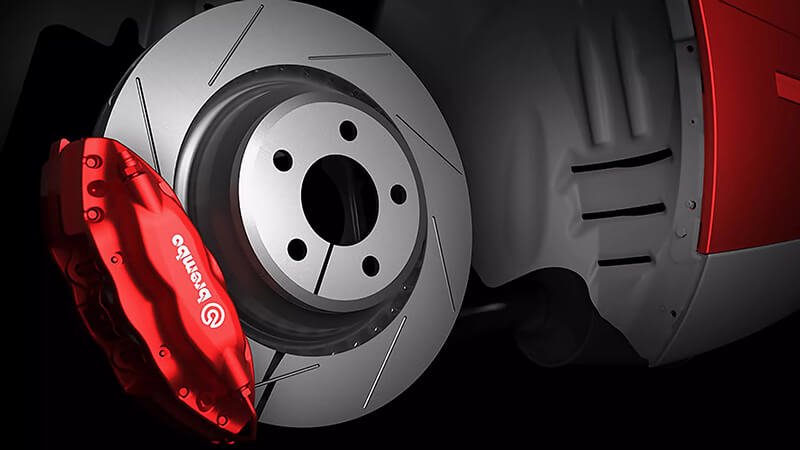
Conclusion
Knowing when to replace your brake pads is crucial for maintaining the safety and efficiency of your vehicle. By watching for common signs of wear, responding to brake pad warning lights promptly, and addressing any issues before they escalate, you can ensure your car stops reliably every time. Don’t wait too long to replace your brake pads—doing so can prevent more severe damage and protect you on the road.
-
Learn what brake pads are and their function in vehicle braking systems. ↩
-
Understand the role of brake rotors and their importance for vehicle safety. ↩
-
Get insights into the brake caliper's function and how it impacts brake pad wear. ↩
-
Discover the impact of braking system misalignment on vehicle performance. ↩
-
Learn about brake pads and the importance of timely replacement for vehicle safety. ↩
-
Understand brake fade and how it can affect the safety of your vehicle. ↩
-
Learn why timely brake pad replacement is critical for vehicle safety. ↩
-
Discover how rotor damage happens and why it can be costly to repair. ↩
-
Understand the causes of brake failure and how to prevent it. ↩
-
Learn about brake fade and its dangerous effects on vehicle braking. ↩
-
Learn about brake fade and how it affects braking performance and safety. ↩

